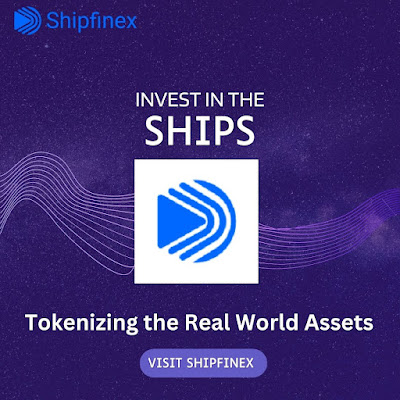How to Tokenize Assets Using Blockchain: A Comprehensive Guide
How to Tokenize Assets Using Blockchain: A Comprehensive Guide
Blockchain technology has revolutionized the way we think about asset ownership, making it easier and more secure than ever before. Tokenization is a process of converting a physical asset into a digital token that can be stored on a blockchain network. By tokenizing assets, it is possible to enhance liquidity, transparency, and efficiency while reducing the risks associated with traditional asset management.
In this article, we will explore the process of tokenizing assets using blockchain technology and the benefits of doing so.
What is Tokenization?
Tokenization is a process of converting a physical asset into a digital token that can be stored on a blockchain network. Tokens are unique digital assets that represent a specific value or asset. These tokens can be traded, transferred, or held by individuals just like traditional assets.
The process of tokenization involves creating a digital representation of a physical asset on a blockchain network. This process includes creating a smart contract, which is a self-executing contract that outlines the terms and conditions of the tokenization process.
Once the smart contract is created, it is recorded on the blockchain network, making it secure, transparent, and immutable. This ensures that the tokenized asset cannot be duplicated or tampered with, providing a secure and transparent method of asset ownership.
Why Tokenize Assets?
Tokenizing assets offers several benefits over traditional asset management, including:
Increased Liquidity: Tokenization allows for fractional ownership of assets, making it easier for investors to buy and sell smaller portions of assets. This increases liquidity in the market, making it easier to access and invest in previously illiquid assets.
Improved Transparency: Tokenization provides a transparent record of ownership and transfer of assets, making it easier to track the history of an asset. This enhances transparency and reduces the risk of fraud or mismanagement.
Lower Costs: Tokenization reduces the costs associated with traditional asset management, including transaction fees, legal fees, and administrative costs. This allows for a more cost-effective method of asset ownership.
Enhanced Security: Tokenization provides a secure method of asset ownership, as each token is unique and recorded on a blockchain network. This reduces the risk of theft, fraud, or mismanagement.
How to Tokenize Assets?
The process of tokenizing assets involves several steps, including:
Asset Evaluation: The first step in the tokenization process is to evaluate the asset to be tokenized. This includes determining the value of the asset, the legal requirements for tokenization, and the potential market for the tokenized asset.
Smart Contract Creation: The next step is to create a smart contract that outlines the terms and conditions of the tokenization process. This includes the value of the token, the number of tokens to be created, and the rights and privileges of token holders.
Token Issuance: Once the smart contract is created, the tokens are issued on the blockchain network. This involves creating a digital token that represents the asset and recording it on the blockchain network.
Asset Transfer: The final step in the tokenization process is the transfer of ownership of the tokenized asset. This involves transferring the digital token to the new owner, who becomes the legal owner of the asset.
Conclusion
Tokenization is a process of converting a physical asset into a digital token that can be stored on a blockchain network. Tokenizing assets offers several benefits over traditional asset management, including increased liquidity, improved transparency, lower costs, and enhanced security.
The process of tokenizing assets involves several steps, including asset evaluation, smart contract creation, token issuance, and asset transfer. By following these steps, it is possible to tokenize assets and take advantage of the benefits offered by blockchain technology.




Comments
Post a Comment